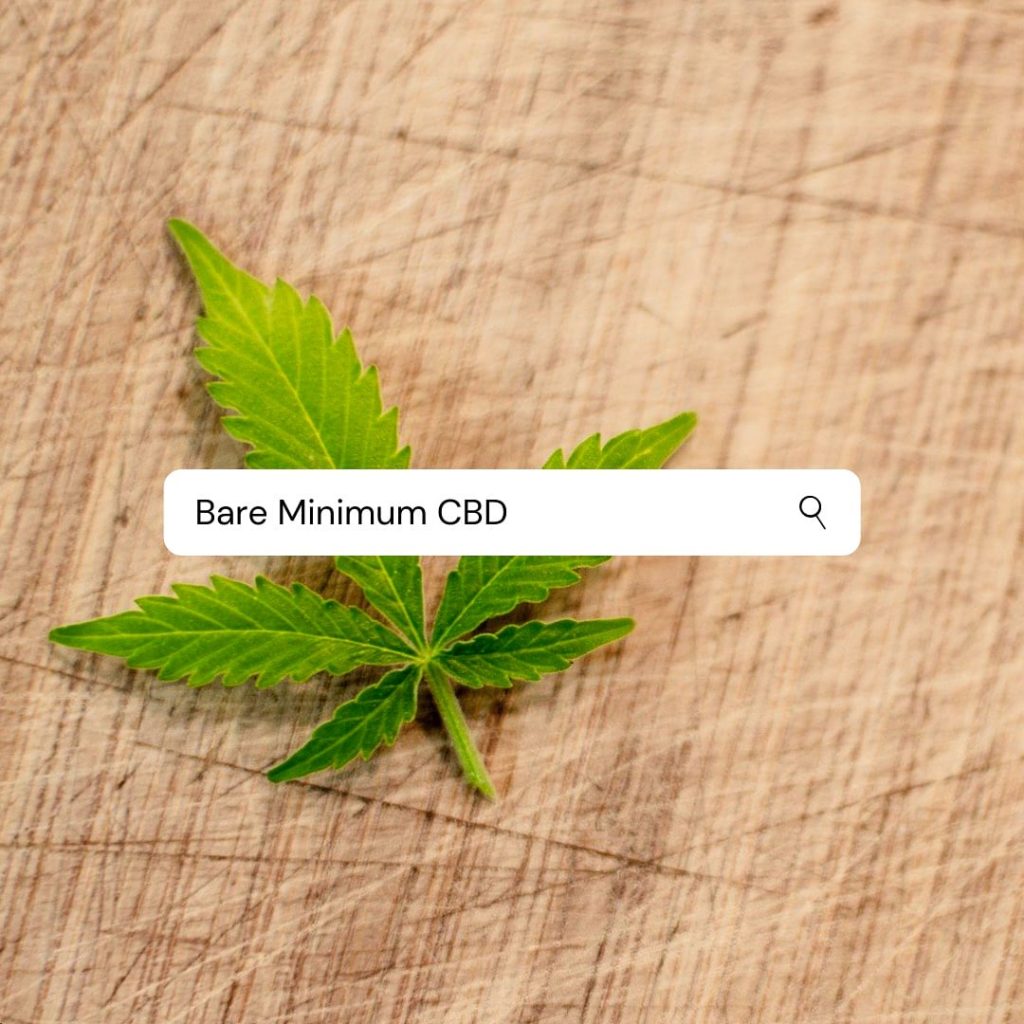
Cannabidiol (CBD) has been used as a natural healing elixir for centuries due to it’s amazing anti-inflammatory, anti-oxidative and anti-sposmadic properties.
What is CBD?
The popular seven leaf Cannabis plant is used to produce different species such as Marijuana and Hemp. The Marajuana species (which is used in the conventional “spliff”) is bred to produce high levels of THC, this is what produces the “high”. The Hemp species is a little different, it is bred to produce very low levels of THC.
CBD is extracted from the flower of the Hemp (Cannabis Sativa L.) plant that contains <0.2% THC therefore it is none-psychoactive and does not achieve the “high”. CBD has unique properties with the ability to interact with the Endocannabinoid System (ECS).
Why do we need it?
In our ever evolving world people are finding many different ways to introduce CBD into their lifestyle such as; the “trendy” vaping, taking CBD Oil daily orally and even introducing it into their skincare routines.
Mammals (this is where we come in), reptiles, birds and fish are all born with an Endocannabinoid System (ECS). The endocannabinoids in our system (such as 2-AG, anandamide and NADA) assist in regulating virtually every single physiological system in the body.
What will it help with?
External factors can affect how the ECS works and alter how the body functions. The external factors may be things that we breathe, touch, use or even eat such as:
- Diesel and Petrol
- Industrial factories
- Aerosols
- Household cleaners
- Plug-in air fresheners
- Synthetic Candles
- Condensed Tumble Dryers (when poorly ventilated)
- Oven pollution (when poorly ventilated)
- Processed foods
- Tobacco
- Hair products
- Skin products
- Dairy products
All of the factors above speak a language that the body does not understand, meaning they interfere with the ECS. When the ECS becomes affected the body is unable to produce enough of its own Endocannabinoids. In some countries this is a recognised diagnosis, known as; Clinical Endocannabinoid Deficiency Syndrome (CEDS). This is thought to have a huge part to play in many illnesses such as:
- Anxiety
- Depression
- Psoriasis
- General Inflammation
- Parkinson’s Disease
- Fibromyalgia
How does it help?
CBD is an effective way to treat CEDS and many other ailments, the exact reason is still not filly understood by scientists. Some say it is because of the Fatty Acid Amide Hydrolase (FAAH) that it contains, this is known to help the ECS repair by sticking itself to the various receptors located all around the human body and allowing the ECS to repair.
How can I introduce it into my life?
The most effective way to incorporate this “magic oil” into your life is to use it orally to treat the body from the inside, and topically to treat the body from the outside. This acts as a wraparound treatment to target all areas of the body and repair areas of dysfunction in the ECS.
It is important that when introducing CBD into your life you purchase it from a reputable vendor with completed lab reports to confirm the strength and properties it contains. This will ensure that it is a strength that is effective enough to release its healing properties and target problem areas in the ECS.
Many well known Highstreet vendors have started to sell CBD in various ways; oral drops, capsules, balms and creams. Many of these products have a long shelf life which means that it contains ingredients to preserve it, these ingredients are generally produced in a lab. Therefore they interfere with the properties of the CBD, altering its healing capabilities.
The properties of CBD are complex and have to be mixed with products that sustain those complex properties. Here at Bare Minimum CBD we pride ourselves on mixing only the best quality CBD with one hundred percent natural ingredients. Every product is freshly made in our ‘CBD Kitchen’ with natural ingredients to sustain the healing properties and bring you the most effective CBD experience.
References:
https://www.ncbi.nlm.nih.gov/pmc/articles/PMC5315552/
https://www.ncbi.nlm.nih.gov/pubmed/22585736
https://www.ncbi.nlm.nih.gov/pmc/articles/PMC4604171/
https://www.ncbi.nlm.nih.gov/pmc/articles/PMC4604182/
https://www.ncbi.nlm.nih.gov/pmc/articles/PMC2874616/
https://www.ncbi.nlm.nih.gov/pubmed/21501147